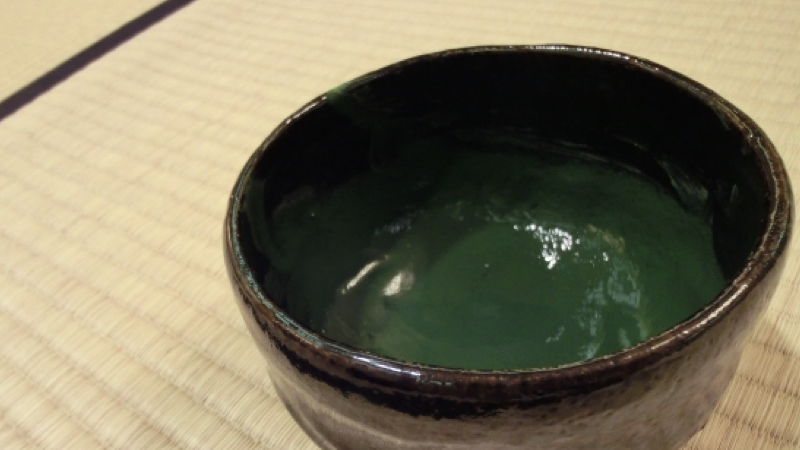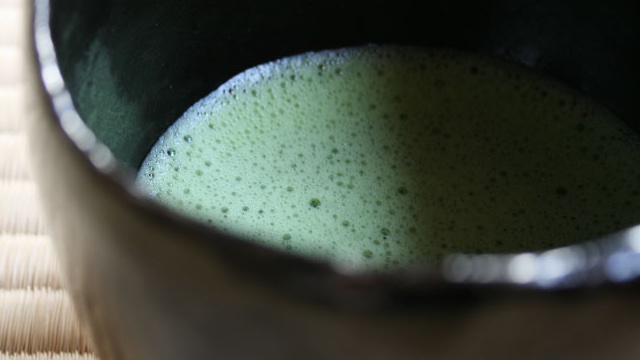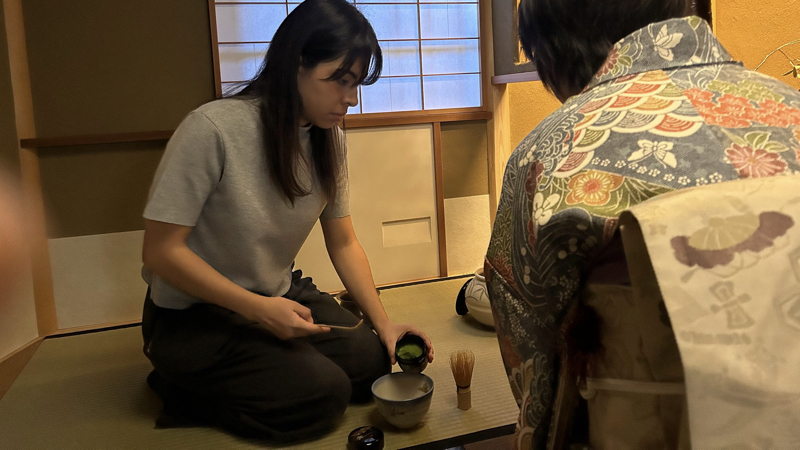Today, most people associate matcha with "thin" tea, but in fact, "thick" tea is more formal and is considered the most important form of hospitality in the tea ceremony.
In fact, in the tea ceremony, "Koicha" is considered to be the most important type of tea hospitality.
This experience is recommended for those who want to experience and savor tea more deeply.
2people
If the number of participants is less than the minimum number of participants, please pay the fee for 2 people as a charter fee.
In the invitation to a tea ceremony, the owner of the tea house writes, "I would like to offer you a cup of tea.
The main purpose of a tea ceremony is for the host to prepare a delicious cup of Koicha for his or her guests.
The process of making matcha itself is the same for Koicha and Usucha, but Koicha uses twice as much matcha as Usucha for one person.
Compared to usu-cha, koicha is richer in color and taste, and has a more refined aroma, flavor, and mellow taste.
The owner of the tea house kneads enough matcha for the number of guests in one bowl, and the guests drink it in turn, starting with the first guest.
I have written a lot about Matcha, but I think it is important to experience both teas, so if you have a chance, please do so.

Koicha is a rich, naturally sweet tea, and is often expensive. Koicha is described as kneading.
おこい
Light tea is silky in shape. It is highly stimulating but light in flavor, and is commonly priced. It is called usucha because the tea is prepared with a thin layer of foam, and usucha is expressed as "to make tea.
おうす
When you make thin tea, you naturally become calmer and more aware of the beauty of the four seasons in Japan.
お点前Max. 4 people in a group
Kimono rental is not included, but we will introduce you to nearby stores.
Children under 10 years old are not allowed to participate.
1 cup of thick tea, 1 cup of thin tea, seasonal fresh confections, and dried confections included